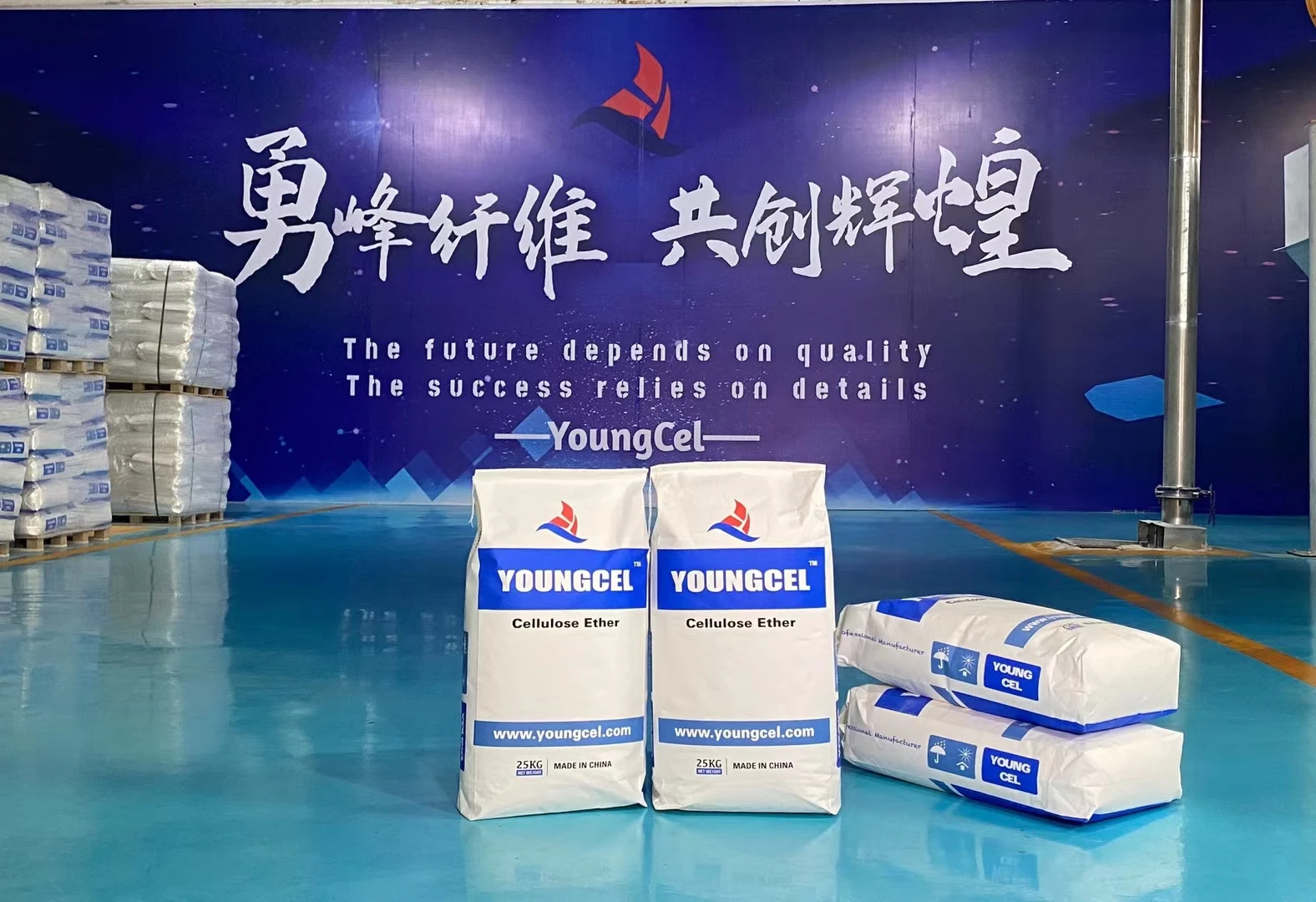The Importance of Hydroxypropyl Methylcellulose (HPMC) in Chemical Applications
Hydroxypropyl methylcellulose (HPMC) is a versatile and widely used cellulose derivative in various chemical and industrial applications. As a non-ionic, water-soluble polymer, HPMC is crucial in formulations across pharmaceuticals, food products, construction materials, and cosmetics. Its unique properties make it an essential ingredient in many products, improving their quality and performance.
Chemical Structure and Properties
HPMC is synthesized by the hydroxypropylation and methylation of cellulose, a natural biopolymer derived from wood and plant fibers. The chemical structure of HPMC allows it to form a gel when mixed with water. The extent of its hydroxypropyl and methoxy substitution determines its solubility, viscosity, and film-forming ability. Depending on these substitutions, HPMC can exhibit varying degrees of viscosity, allowing formulators to customize products to meet specific requirements.
One of the most significant properties of HPMC is its ability to form stable gels and films. This feature is highly valued in pharmaceutical formulations, where it is often used as a binder, stabilizer, and controlled-release agent in tablets and capsules. Besides, HPMC is recognized for its excellent water retention capabilities, which can be beneficial in applications such as mortar and plaster in construction and as a thickening agent in various industries.
Applications in Pharmaceuticals
In the pharmaceutical industry, HPMC plays a vital role in enhancing the bioavailability of drugs. Its film-forming properties make it an ideal coating material for tablets, providing protection against moisture and facilitating controlled release. Furthermore, HPMC is non-toxic and biocompatible, making it suitable for use in medicinal applications. Drug formulations containing HPMC can lead to extended release profiles, allowing for sustained therapeutic effects and better patient compliance.
Another critical application of HPMC in pharmaceuticals is its use in ophthalmic formulations. Its viscosity increases the retention time of ocular drops in the eye, improving the effectiveness of the medication. HPMC-based hydrogels are also employed in the development of drug delivery systems for localized treatment, enhancing the therapeutic index of various compounds.
Role in the Food Industry
chemic hpmc

HPMC is extensively used in the food industry as a food additive. It serves multiple functions, including acting as a thickener, emulsifier, and stabilizer. Its water-retaining properties make it an excellent ingredient for improving texture and mouthfeel in processed foods. For example, HPMC is used in low-fat and gluten-free products to mimic the creaminess and structural integrity that fat or gluten would typically provide.
Additionally, HPMC is vital in the production of food coatings, which help to extend the shelf life of fresh produce by reducing moisture loss and enhancing appearance. Its application in vegetarian and vegan food products is also noteworthy, as HPMC serves as a plant-based alternative to animal-derived gelling agents such as gelatin.
Construction and Cosmetic Applications
In construction, HPMC serves as a pivotal component in the formulation of paints, coatings, and adhesives. Its ability to improve the workability and stability of these products is invaluable. HPMC enhances adhesion and ensures uniform distribution of pigments in paint, while also providing water resistance.
The cosmetic industry benefits from HPMC as well. Its thickening and film-forming characteristics are instrumental in developing lotions, creams, and gels. HPMC contributes to the stability and texture of cosmetic formulations, making them more appealing and effective for consumers.
Environmental Considerations
As a cellulose derivative, HPMC is biodegradable and environmentally friendly compared to many synthetic polymers. Its derivation from sustainable plant sources aligns with the increasing demand for eco-friendly products across various industries. As industries focus on sustainability, the relevance of HPMC is likely to grow, promoting its use as a green alternative in a wide range of applications.
Conclusion
Hydroxypropyl methylcellulose (HPMC) is a remarkable compound with diverse applications in the chemical industry. From the formulation of pharmaceuticals and food products to enhancements in construction materials and cosmetics, the versatility, stability, and environmentally friendly nature of HPMC make it an invaluable ingredient. As industries continue to evolve and prioritize sustainability and performance, HPMC will undoubtedly retain its critical role in various sectors, shaping the future of product development and innovation.
-
Rdp Powder: Key Considerations for Wholesalers in the Building Materials IndustryNewsJul.08,2025
-
Key Considerations for Wholesalers: Navigating the World of Hpmc - Based ProductsNewsJul.08,2025
-
Hpmc Detergent: Key Considerations for WholesalersNewsJul.08,2025
-
Key Considerations for Wholesalers: China Hpmc For Tile Adhesive, Coating Additives, Concrete Additives, and MoreNewsJul.08,2025
-
Crucial Considerations for Wholesalers: Navigating the World of Construction MaterialsNewsJul.08,2025
-
Key Considerations for Wholesalers Sourcing Additive For Cement, Additive For Concrete, Additive For Putty from Additive Manufacturer Shijiazhuang Gaocheng District Yongfeng Cellulose Co., Ltd.NewsJul.08,2025




